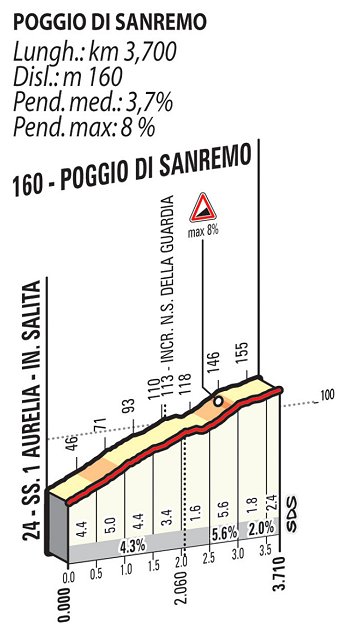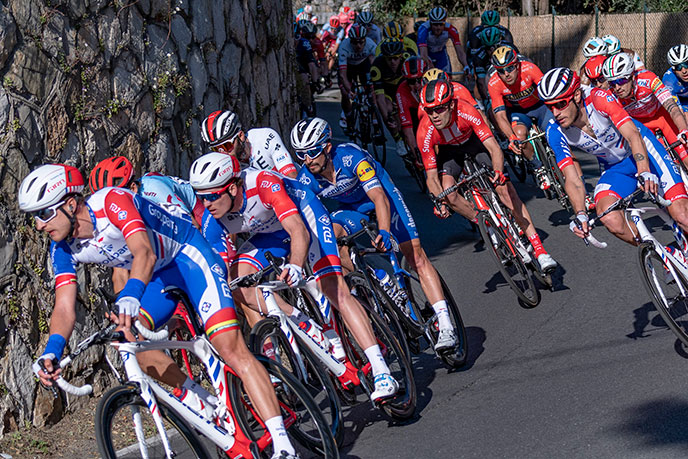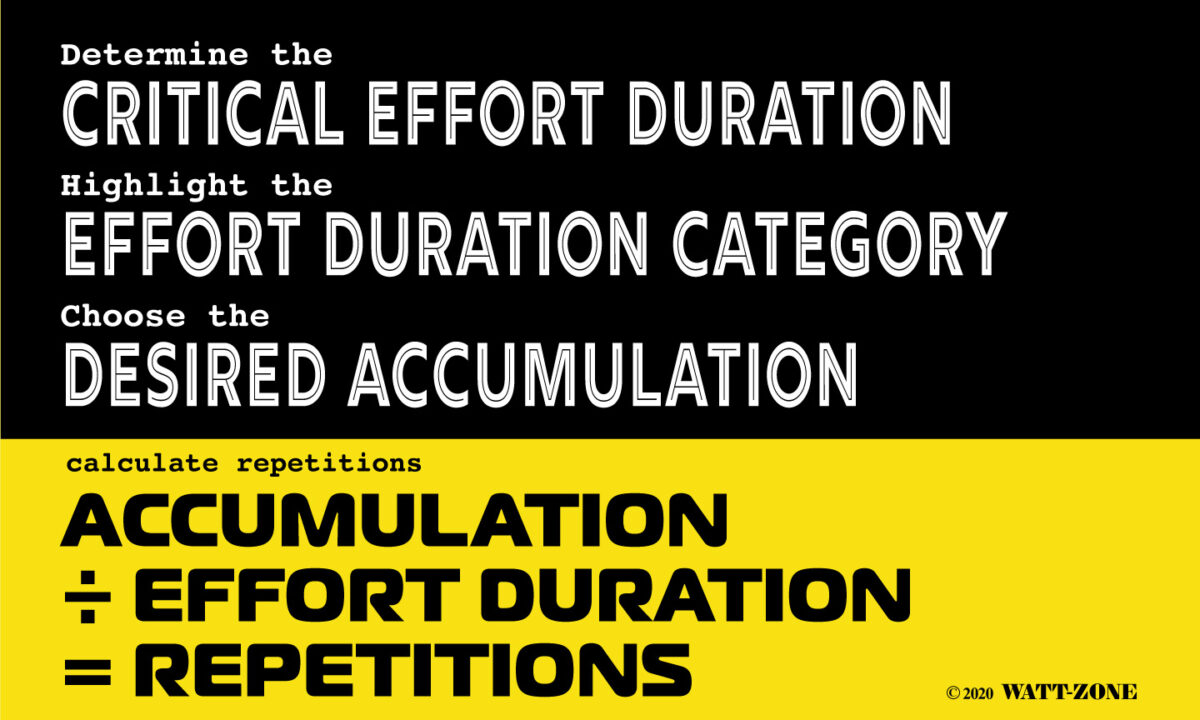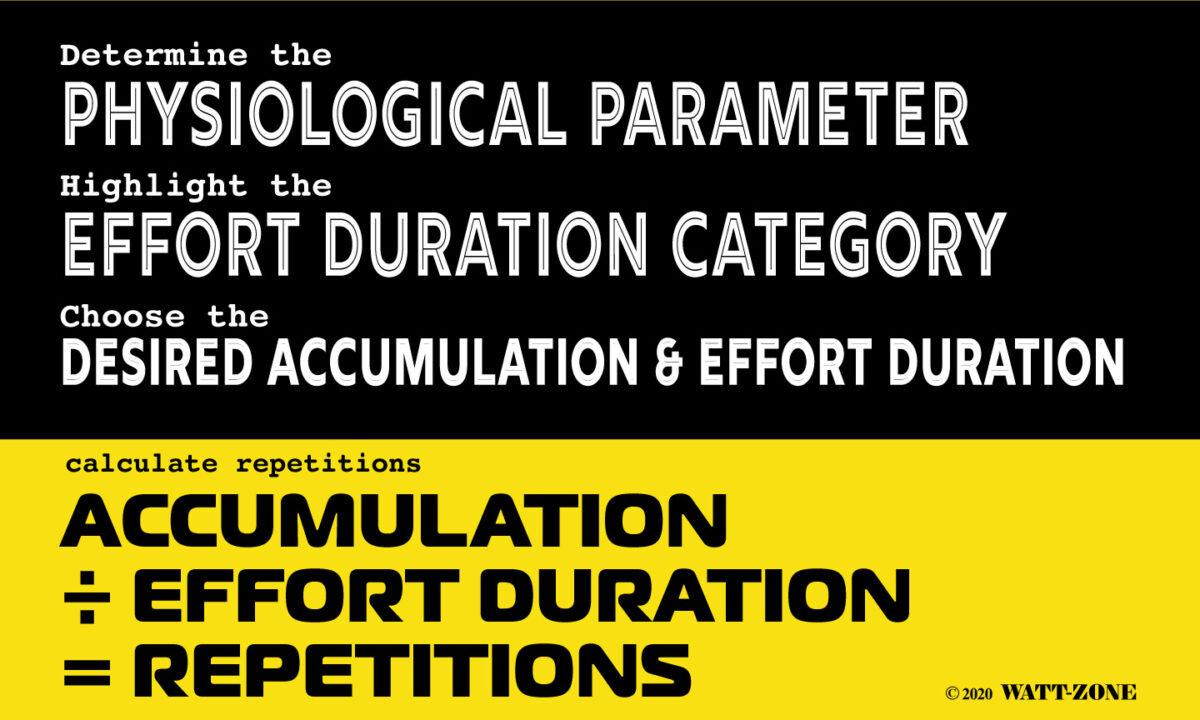Lets take a look at the Milan San Remo in 2019 won by Julian Alaphilippe.

First off this is a 291Km epic ride, the winning time was 6 hours and 41 minutes 14 seconds. To win this race the 1st critical effort was to be able to ride for 7 hours. Endurance Rides are key to preparing for this Critical Effort.
Historically the final climb, the Poggio Di San Remo has been the Critical Moment where a key selection of riders has been made. In 2019 this was also true. Alaphilippe launched an attack over the top of Poggio and only a few riders could stay with him.

Looking at online data for the Poggio you can clearly see that to be in the front group on the top you need to be able to put in a Critical Effort for 6 minutes of between 400 and 500 watts (dependent on your weight). Not an easy thing to do after 280km in the saddle. This effort will also need to include an acceleration, or attack, somewhere along the climb, if not multiple accelerations. Alaphillipe did put in an attack over the top.
So the 2nd Critical Effort was 6 minutes all-out including a final attack. Without a doubt, anyone with serious ambitions in Milan-San Remo, will train specifically for this Critical Moment, completing Medium Vo2 Max Efforts.
After the descent, the remaining riders tried to outwit each other on the run-in to the final key moment, the sprint for the finish line. At 600 meters to go Alaphilippe unleashed his sprint to win one of cycling’s greatest prizes. This represented a final Critical Effort, a 30-second maximal sprint, of which he would off had to train for with Micro – Neuromuscular Power Efforts.

One must assume that Alaphillipe understood that these Critical Moments would arise and specific training would have been conducted to enable him to perform in all these critical moments. When planning your own training, no matter what your ambitions are, you need to train for the Critical Moments.
Perhaps you’re doing a Grand Fondo, and it features a 30-minute climb that you know will be a struggle. This needs to be a key moment you train for.
Perhaps you go out on group rides, but always get dropped when there are surges. These may only be 20 seconds or so in duration. But this is your Critical Moment, and you should train for it.
Critical Efforts are required for key moments in a race that determine the outcome. If you ignore training for Critical efforts you will just be making up the numbers.
In Depth

For example, if cyclist knows in an upcoming race there is a crucial hill climb of approximately 5 minutes duration where the race will split, they should be doing 5-minute efforts in training. 5-minute Effort duration falls into the category of Medium Efforts, which range from 3 minutes to 8 minutes. The cyclist can safely do efforts anywhere in this range knowing that it will train the appropriate energy systems and their Vo2 Max.
Now the cyclist should determine the desired accumulation. The desired range is 15 to 45 minutes. If the cyclist is a novice, perhaps 20 minutes total accumulation is appropriate, if they are more exprerienced, 34 minutes may be a better option. Lets say they are a novice and aim for 20 minutes, this means that they should aim for 4 repetitions of 5 minute efforts.
Notice: it is the desired accumulation that determines the number of repetitions.

If a cyclist wishes to target key physiological parameters; neuromuscular power, anaerobic capacity, vo2 max, threshold, they can simply see which category these parameters fall into, and train accordingly. For example if an athlete wants to focus on anaerobic power, they should do short efforts between 30 seconds and 3 minutes. Short efforts have the desired accumulation between 5 and 30 minutes.
Let’s say the athlete is pretty fit, and they choose 20 minutes of accumulation of 3-minute efforts. determining the repetitions, 20 min Accumulation ÷ 3 minute efforts equals 6 with 2 minutes to spare. The athlete could aim for 6 and do 7 if they are feeling good, as 21 minutes still fits into the desired accumulation range.
It is recommended that less trained cyclists start training with a lower Accumulation and slowly build up. Just the same way they would with endurance rides. Experienced athletes may be able to start with high Accumulation and focus on improving average power for the Efforts over a block of training.
A cyclist working onMedium VO2max efforts knows intuitively doing 5-minute efforts is going to help, but of course, doing 5-minute efforts every week is a bit boring. Doing Push/Pull training – some weeks doing 3-minute efforts and others doing 8-minute efforts is a good way to mix it up. Push/Pull training will also allow for training at slightly different effort levels, improving an athlete’s feel for intensity.
It is recommended that athletes concentrate on a specific Effort Category between 4 and 6 weeks to get the most adaptations and avoid stagnating. Completing Efforts from 2 different categories will reduce one’s ability to achieve peak power in a specific category, but is beneficial for a cyclist’s versatility.
Matching optimal accumulation and effort duration is key for reaping the rewards of performing accumulation training. Too little Accumulation or too much Accumulation will end up wasting an athletes time. Sticking in the recommended ranges will result in optimal adaptation.
